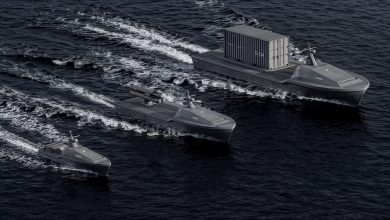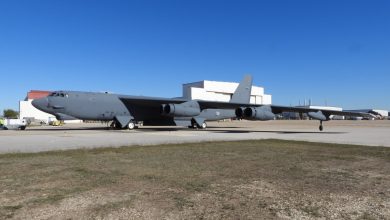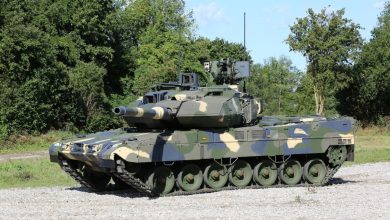Defence NewsÖne Çıkan
Report: What percentage of GDP has the UK spent on defence?

In 2010, the UK spent 2.47% of GDP on defence, last year it was 2.28%.
Gross domestic product (GDP) is a monetary measure of the market value of all the final goods and services produced in a specific time period by a country or countries. GDP is more often used by the government of a single country to measure its economic health
NATO’s published figures for UK defence spending as a percentage of GDP spend since 2010 are below.
| Year | Share of GDP |
| 2010 | 2.47 |
| 2011 | 2.38 |
| 2012 | 2.16 |
| 2013 | 2.24 |
| 2014 | 2.14 |
| 2015 | 2.03 |
| 2016 | 2.09 |
| 2017 | 2.08 |
| 2018 | 2.10 |
| 2019 | 2.08 |
| 2020 | 2.35 |
| 2021 | 2.29 |
| 2022 | 2.29 |
| 2023 | 2.28 |





